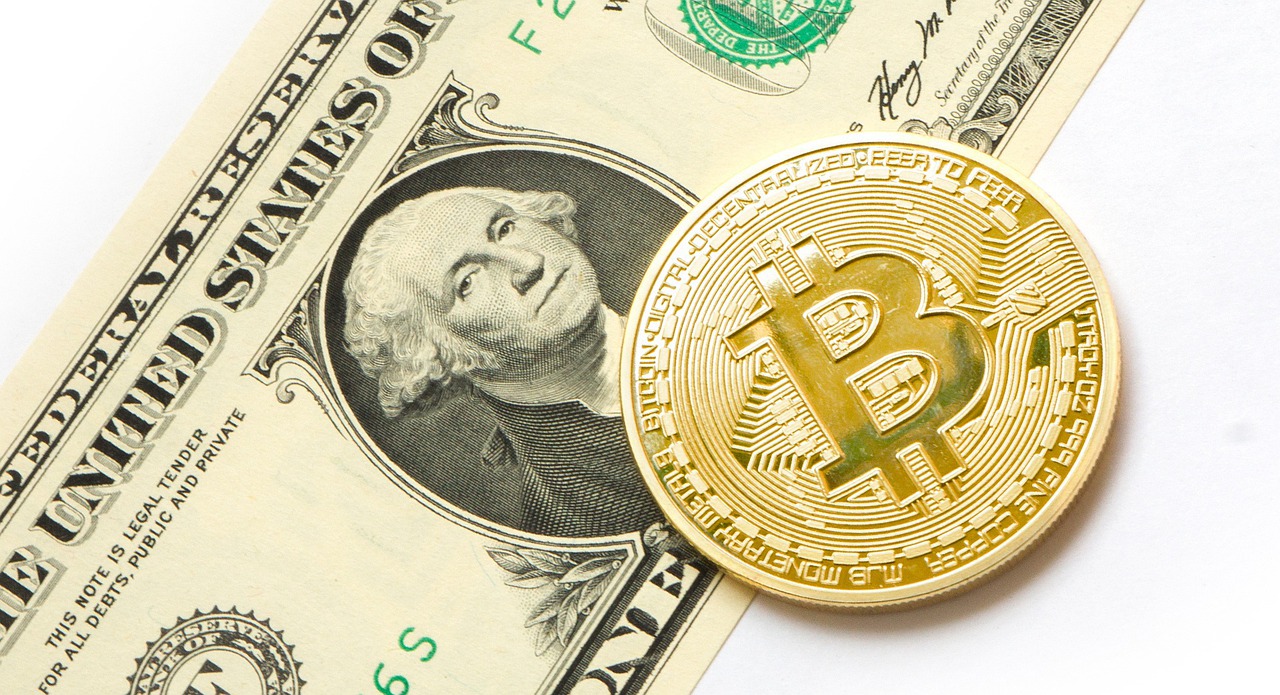The Federal Reserve System and state banking regulators must approve any stablecoin proposals by non-bank businesses before they may be legally issued, according to the draft stablecoin legislation in Congress.
According to media sources on Wednesday, 21 September 2022, that claimed access to the draft legislation, stablecoin issuers that have received state regulator approval must register with the Federal Reserve within 180 days to continue operating legally.
According to a July 2022 report from CryptoPotato, a last-minute adjustment proposed by Treasury Secretary Janet Yellen caused the stablecoin law to be postponed by more than a month. She stated that the law should separate the customers’ assets from the wallet custodians to protect them from insolvency.
A similar law recognising stablecoins as a digital currency that must be anchored to the Yen or another accepted form of legal tender was adopted by Japan in June.
Algo Stablecoins Will Be Banned
For the next two years, “endogenously collateralised stablecoins,” or new stablecoins backed by assets produced by the same issuers, will not be permitted. Any such current stablecoins will have two years to modify their business model and obtain new authorisation from the proper authorities.
Stablecoins issued without the proper regulatory license will be illegal and subject to fines of up to $1 million and prison sentences of up to five years. According to the proposed legislation, such cryptocurrencies would be backed by cash or other assets with significant liquidity, including Treasury bonds.
The proposed legislation requests that The Federal Reserve research the effects of the U.S. digital currency on the economy and attempts to establish a legal framework for stablecoins (CBDC). In conjunction with the Federal Reserve, the Federal Deposit Insurance Corporation, the Office of Comptroller of the Currency, and the Securities and Exchange Commission, it also requires a study on algorithmic stablecoins.
The Bloomberg story indicated that the restriction would apply to “stablecoins marketed as being able to be converted, redeemed, or repurchased for a fixed amount of monetary value, and that rely solely on the value of another digital asset from the same creator to maintain their fixed price,”
Banks Will Need Approval From Regulators
According to media sources, the draft legislation states that banks and other traditional financial institutions will need the consent of federal banking authorities, the Office of the Comptroller of the Currency (OCC), and the Federal Deposit Insurance Corp.
It also addresses the issue of stablecoin interoperability and gives state watchdogs and federal banking regulators the authority to establish standards. The measure aims to align stablecoin asset and accounting standards with banks and credit unions.
The proposed legislation forbids blending client funds and keys with stablecoin and other asset keys, allowing consumers to redeem their investments in insolvency or bankruptcy swiftly.
Voting May Happen At Any Time
Maxine Waters, Chair of the House Financial Services Committee, and Rep. Patrick McHenry are currently negotiating the draft legislation. Since Waters and McHenry haven’t yet given their approval, changes are still pending.
Although a markup date has not yet been set, the Committee may vote on the bill as soon as next week because it only has until the end of the current year to discuss it, and there is little opportunity for further delay given the forthcoming midterm elections.
Are Stablecoins Likely to Be Successfully Banned?
In addition to the partisan divides, a Bill like this might face an even more significant challenge: Decentralized finance (DeFi) projects, which claim to have no governing body, human management, or jurisdiction where they are issued, represent the vast majority of these algorithmic stablecoins. In contrast, they are — in principle — administered by self-executing smart contracts controlled by token holders’ votes through decentralised autonomous organisations (DAOs).
The decentralisation would still make a ban challenging to enact, even though enforcement bodies ranging from the U.S. Department of Justice and SEC to international organisations like the Financial Action Task Force (FATF) and Bank for International Settlements (BIS) have stated that this is truer in theory than in practice because many are still at least partially controlled by the developers who created them.
When it comes to the actual decentralisation of DeFi, according to this Bitcode Method review, “a vast disparity between the crypto vision and its actuality” exists.
For starters, developers — or at least those in specific jurisdictions — burned their private key codes, giving them back-end power, in many instances where DAO-run DeFi projects encountered legal issues.
Another is that DAO-controlled stablecoins cannot technically be frozen, although private stablecoin issuers like Tether (USDT), Circle (USDC), and Binance (BUSD) can. And because of that, it would be difficult, if not impossible, to stop their use on any cryptocurrency exchange that isn’t situated in the United States or doesn’t deal with Americans.
With the help of their current network of regulators, banks and other financial institutions can issue stablecoins thanks to the stablecoin bill. However, that network would now also include state regulators, giving stablecoin issuers with state approval a 180-day fast route to federal approval.



 Bitcoin
Bitcoin  Ethereum
Ethereum  Tether
Tether  XRP
XRP  Solana
Solana  USDC
USDC  TRON
TRON  Lido Staked Ether
Lido Staked Ether  Cardano
Cardano  Avalanche
Avalanche  Toncoin
Toncoin